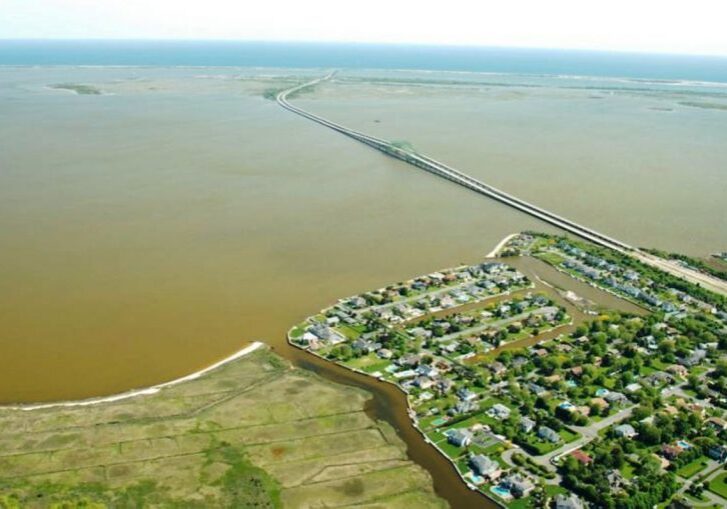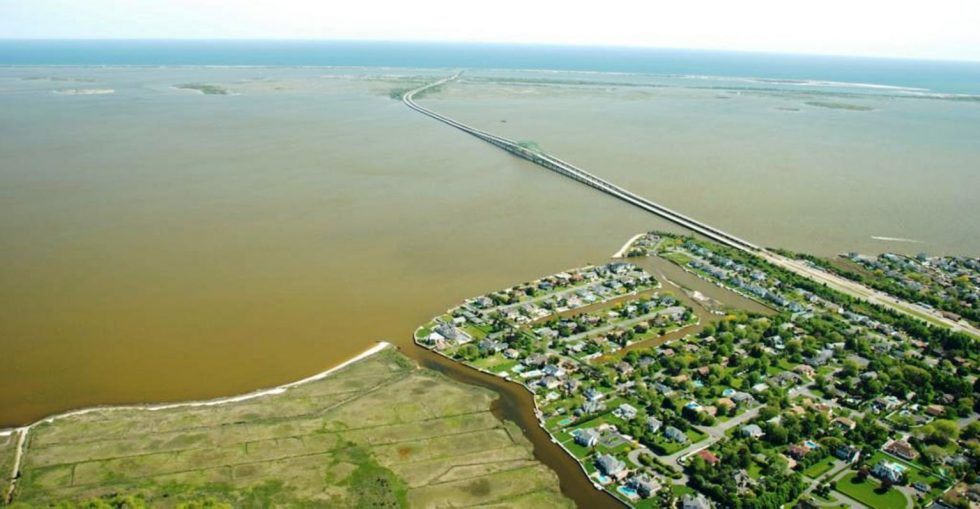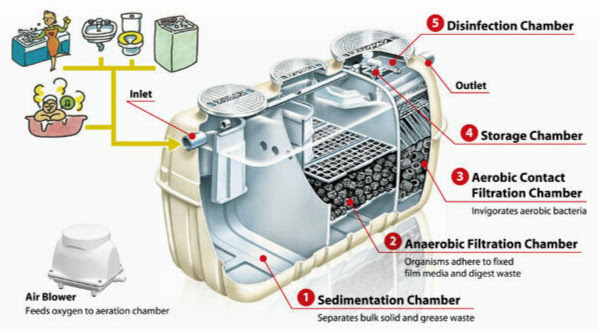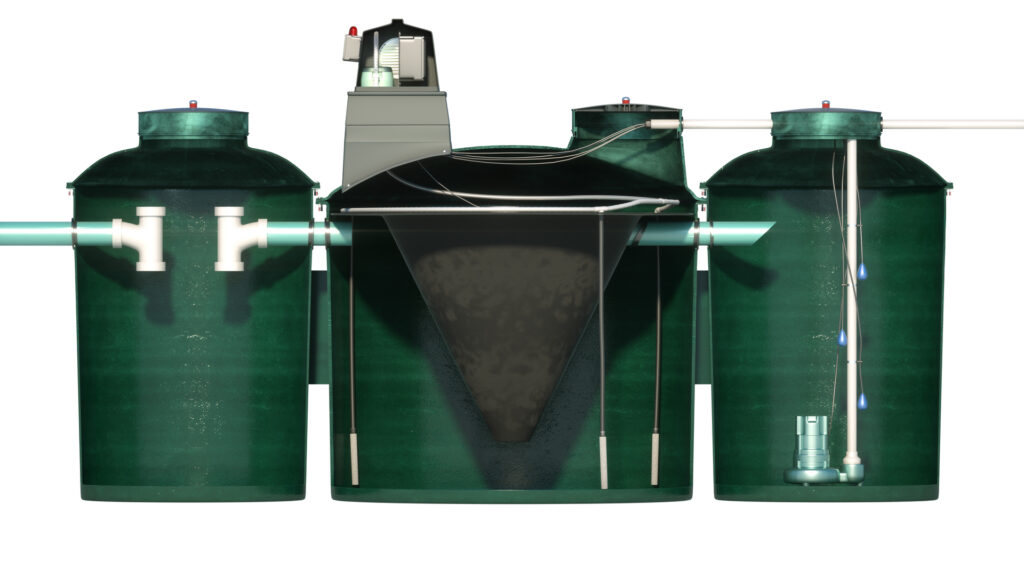Long Island Septic Systems – Shift to I/A-OWTS
Much of Long Island, especially Suffolk County, uses septic systems because the area is relatively rural and has a low population density. Septic systems are typically used in areas where there is no access to a central sewer system. They are a cost-effective and efficient way to treat and dispose of wastewater for individual homes…
Frank Cuffaro
February 9, 2023
6 mins read

Much of Long Island, especially Suffolk County, uses septic systems because the area is relatively rural and has a low population density. Septic systems are typically used in areas where there is no access to a central sewer system. They are a cost-effective and efficient way to treat and dispose of wastewater for individual homes and small communities. Septic systems are also relatively simple to install and maintain, making them a popular choice for many homeowners and developers on Long Island. However, as the population density has increased, the use of septic systems has led to nitrogen pollution of water bodies in the area, which is where the Innovative and Alternative Wastewater Treatment Systems, I/A-OWTS, comes in to play to provide a solution to this issue.
Nitrogen Pollution Due to Septic Systems
Long Island’s water bodies, particularly in Suffolk County and the Hamptons, are facing a significant problem with nitrogen pollution caused by septic systems. Nitrogen, in the form of nitrates, is released into the environment by septic systems, leading to negative effects on wetlands, bays, and wildlife.
One of the most significant effects of nitrogen pollution is the eutrophication of water bodies. Eutrophication occurs when excessive amounts of nitrogen and phosphorous enter a body of water, leading to an overgrowth of algae and other aquatic plants. This can suffocate aquatic life, decrease biodiversity, and make the water body inhospitable to fish, shellfish, and other aquatic species. Nitrogen pollution can also contribute to the formation of harmful algal blooms, which can release toxins that can be harmful to humans, animals, and marine life.
Another problem caused by nitrogen pollution is the contamination of drinking water. Nitrates can seep into underground aquifers, making the water unsafe to drink. This is particularly concerning in areas where septic systems are the primary source of wastewater treatment. Nitrogen pollution also has a negative impact on wetlands and marshes, which are vital habitats for many species of birds, fish, and other wildlife.

Long Island I/A-OWTS Septic System Technology
Innovative and Alternative Wastewater Treatment Systems (I/A-OWTS) offer a solution to these problems. These systems use advanced treatment methods to remove nitrogen and other pollutants from wastewater before it is released into the environment. One popular type of I/A-OWTS is the nitrogen-reducing system. These systems use bacteria to convert nitrates into nitrogen gas, which is released into the air. This effectively removes the nitrogen from the wastewater, reducing the risk of eutrophication and other negative effects.
There are two I/A-OWTS manufacturers whose septic treatment systems have been fully approved for use in Suffolk County by the Suffolk County Department of Health Services (SCDHS): Fujiclean and HydroAction. Provisional sampling data shows that both technologies reduce Total Nitrogen (TN) levels far below the 19 mg/L Suffolk County Standard. This is a significant improvement over the 65 mg/L conventional septic system effluent average total nitrogen of 65 mg/L. That is more than an 80% reduction in total nitrogen!

FujiClean CEN Series Septic Treatment System
The Fujiclean CEN series uses a combination of aerobic and anaerobic treatment processes to remove nitrogen from wastewater. The system consists of several tanks, pumps, and filters that work together to treat the wastewater. The process begins in the first tank, known as the primary tank, where solids and liquids are separated. The liquid then flows into the aerobic treatment tank, where oxygen is added to promote the growth of aerobic bacteria. These bacteria consume the organic matter in the wastewater and convert it into carbon dioxide and water.

The treated liquid then flows into the anaerobic treatment tank, where anaerobic bacteria consume the remaining organic matter. During this process, the bacteria convert the remaining organic matter into methane and carbon dioxide. The liquid then flows through a series of filters and disinfection processes to remove any remaining impurities before it is released into the environment.

HydroAction AN Series Septic Treatment System
The HydroAction AN series uses a proprietary treatment process to remove nitrogen and other pollutants from wastewater. The system is designed to be compact and easy to install, making it ideal for use in a variety of settings. The process begins with the wastewater flowing into a treatment tank where it is mixed with a proprietary blend of microorganisms. These microorganisms consume the pollutants in the wastewater, including nitrogen, converting them into harmless by-products.
The treated liquid then flows through a series of filters and disinfection processes to remove any remaining impurities before it is released into the environment. The system is designed to be low maintenance, with a self-cleaning mechanism that keeps the filters and other components in good working order.

Suffolk County Septic Legislation
Both Fujiclean CEN series and HydroAction AN series are designed to be highly efficient and effective at removing nitrogen and other pollutants from wastewater. They are also low maintenance, energy-efficient and easy to install, making them ideal solutions for addressing the problem of nitrogen pollution caused by septic systems on Long Island.
As of July 1, 2021, Suffolk County requires I/A OWTS for the following: (1) all new single-family residential construction projects; (2) all existing residential projects classified as ‘Major Reconstruction’; and all new multi-family or nonresidential construction projects where an Individual Sewerage System or Subsurface Sewage Disposal System would be permitted pursuant to Sanitary Code §760-610 or §760-12. There are exemptions from this requirement, including an exemption for any property located in a proposed sewer district, further detailed in the code. Many of the Suffolk County Townships (Southampton, East Hampton, Southold, Shelter Island, Riverhead, etc.) have their own set’s of requirements on top of Suffolk County’s.
Here at DiLandro Andrews Engineering, our Civil Engineering team has been assisting property owners by designing I/A OWTS since the systems were first introduced and required in the Hamptons. We have worked extensively with companies like FujiClean and Hydro Action and many septic installers across Long Island to assist our clients in obtaining these efficient, environmentally friendly systems. Please reach out to our office if you have any questions or are considering installing an I/A OWTS on your property.